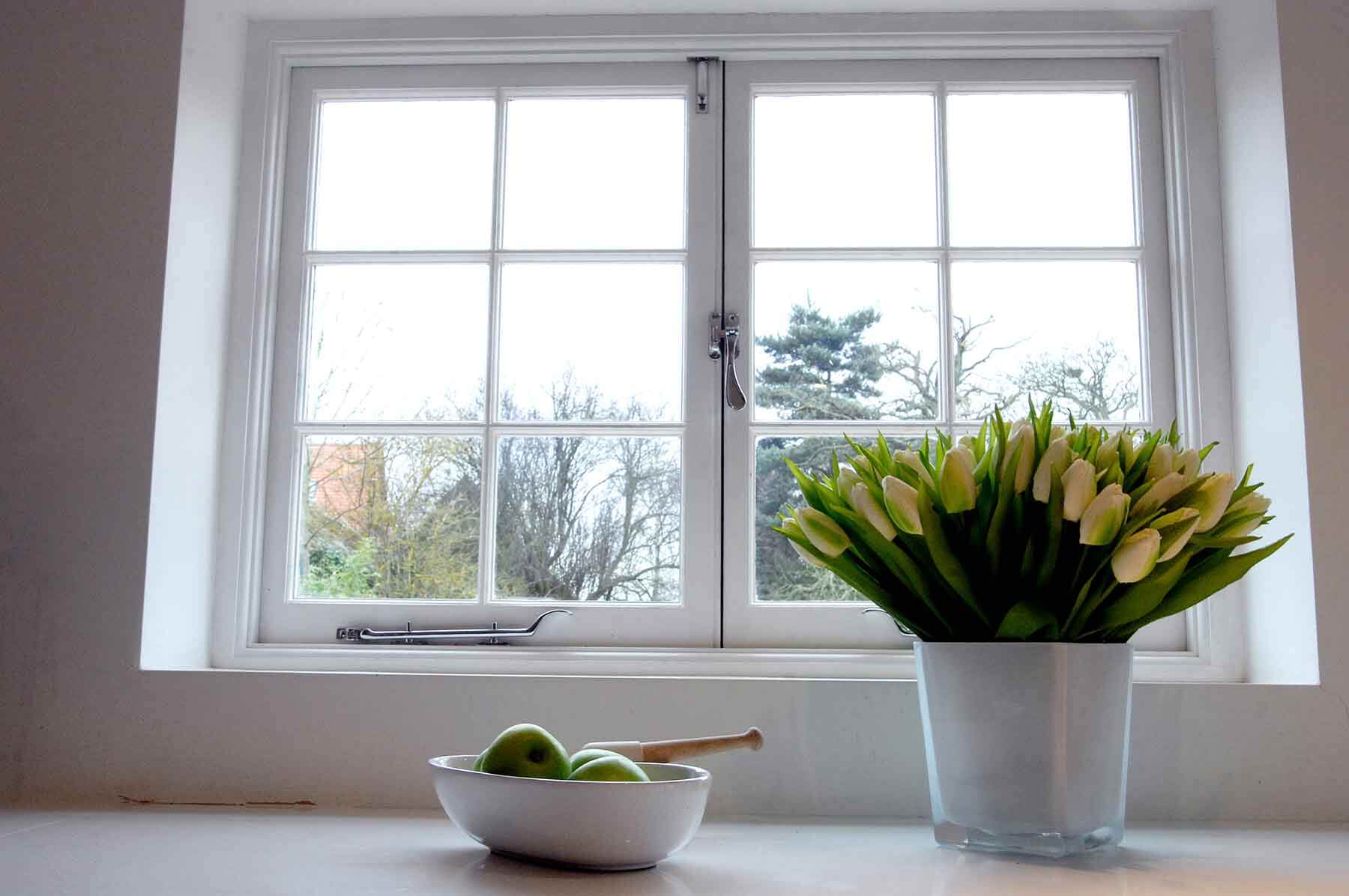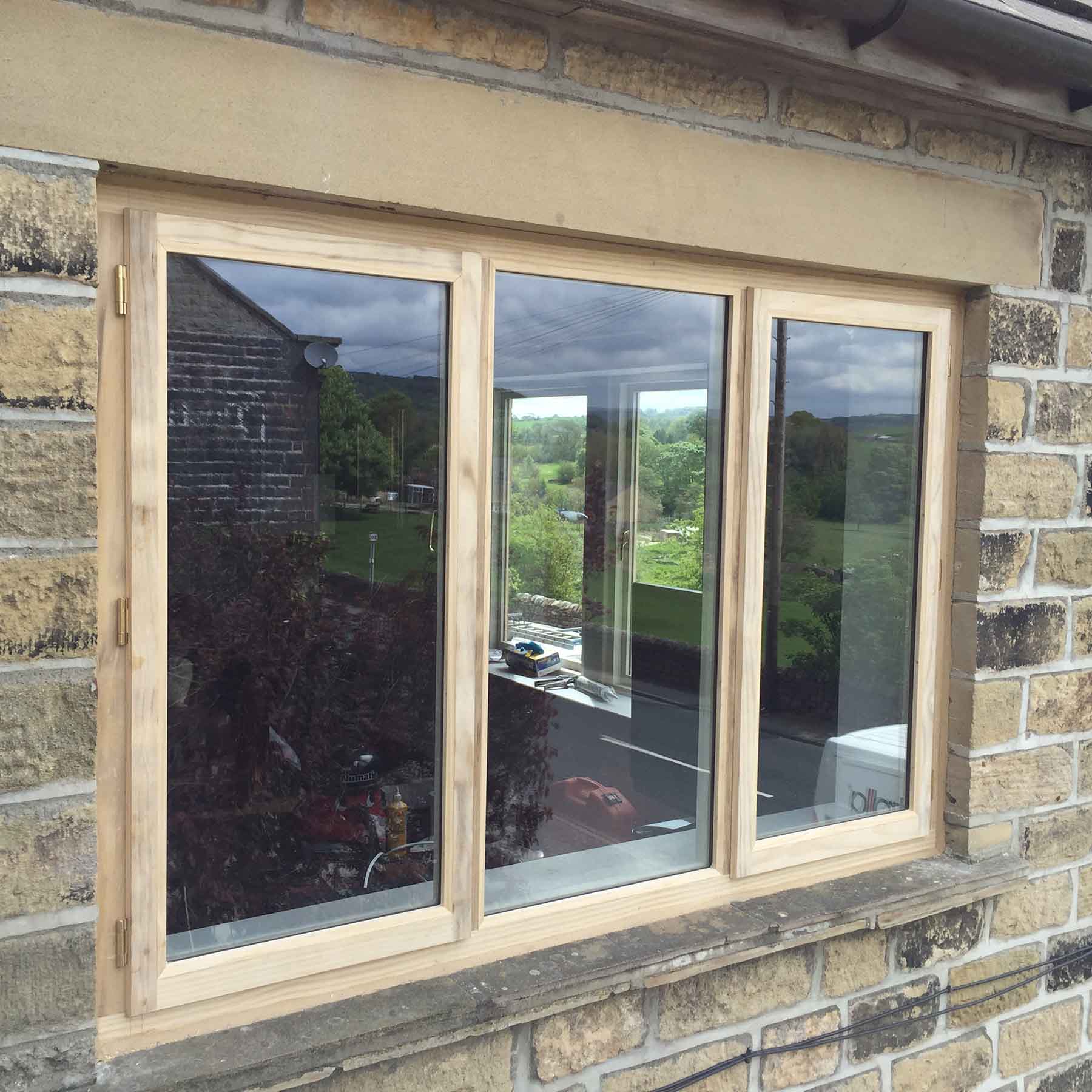Subscribe to our Newsletter
Stay up to date with the latest news and tips from our Knowledge Hub.
Evoking an unmatched sense of nature in both domestic and commercial settings, keeping an eye on the condition of original wooden frames is the key to a lasting period property façade. However, repairing old wooden windows is not always a viable option, especially if they have been neglected over the years by previous owners. Combined with efficient double glazing, conservation-friendly secondary glazing, or single glazing to suit the most restricted locations, the timeless beauty of classic timber window frames lives on in 1000’s of period buildings and homes around the UK thanks to our exclusive range of responsibly sourced timber window products.
Sash timber windows
The quintessential heritage window design. Featuring one or two vertically sliding panels, our wooden sliding sash windows are designed completely bespoke to replicate the originals.
Find out moreCasement timber windows
Another classic window design. Opening from the side like a door, from period to modern buildings, our wooden casement windows suit a variety of property eras.
Find out moreRenovation for timber windows
If renovation over replacement is not possible, as the UK's only nationwide timber window renovation provider, our unique patented timber removal and repair system is what sets us apart.
Find out moreAt Ventrolla, we use a range of premium timbers – hardwoods like sapele, softwoods like redwood, and a fast-growing, sustainably sourced ‘super wood’ called Accoya®. So, before choosing the style of your new timber windows, it’s essential to select the correct type of timber first.
Typically, hardwoods come from deciduous trees which are slow-growing and denser in comparison to softwoods. Chosen for superior strength, sturdiness, and weather resistance, premium hardwood windows tend to be at the higher end of the pricing scale. A compelling investment, types of hardwoods include sapele, oak, and teak.
Most softwoods come from evergreen trees which grow at a quicker pace and are easier to shape than hardwoods but are not necessarily softer than all hardwoods. Chosen for strength and flexibility, softwood window frames tend to be more cost-effective than hardwood. Types of softwoods include redwood, cedar, and pine.
Accoya® wood is a brand name for pine that has undergone a process called acetylation. This specialist process modifies the timber to its core, making it highly resistant to rot, shrinkage, swelling, wood-destroying insects, and harsh climates. Providing a 50-year guarantee, Accoya’s® impressive protective lifespan outweighs any increased costs.
There are certain signs to look out for, including:
Designed to eliminate draughts, rattles, and dust ingress, the Ventrolla Perimeter Sealing System was awarded the prestigious Design Council Award (Engineering Components) in 1986. Using strips of low-friction Weatherfin polypropylene pile to seal the gaps, this patented system, along with our innovative timber sash removal system, are still core heritage renovation products 35 years on.
With workshops based in Harrogate, Henley-on-Thames, and Lockerbie, manufacturing our timber products in-house gives all parties involved complete control of the process from start to finish – from customisation to pricing and everything in between.
In some cases, it is possible to replace windows without replacing the frame, but it will depend on the condition of the existing window frame and the type of replacement windows being installed.
If the existing window frame is in good condition, and the new windows are of a similar size and shape, it may be possible to remove the old window sashes and replace them with new ones. This is known as a “retrofit” or “insert” window installation, and it can be a cost-effective way to improve energy efficiency and update the appearance of your windows without replacing the entire frame.
It is possible to install windows yourself, but it is a complex and labour-intensive process that requires a high level of skill and experience. Improper installation can result in poor performance, energy loss, and even structural damage to your home.
Window installation involves several steps, including measuring and preparing the rough opening, installing the window frame and sash, sealing and weatherproofing the window, and adding trim and finishing touches. Each step requires precision and attention to detail to ensure that the window is properly sealed and insulated, and that it functions correctly.
If you have experience with DIY projects and feel confident in your abilities, you may be able to install windows yourself with the help of instructional videos and guides. However, it’s important to note that installing windows can be a time-consuming and physically demanding process, and mistakes can be costly to fix.






















